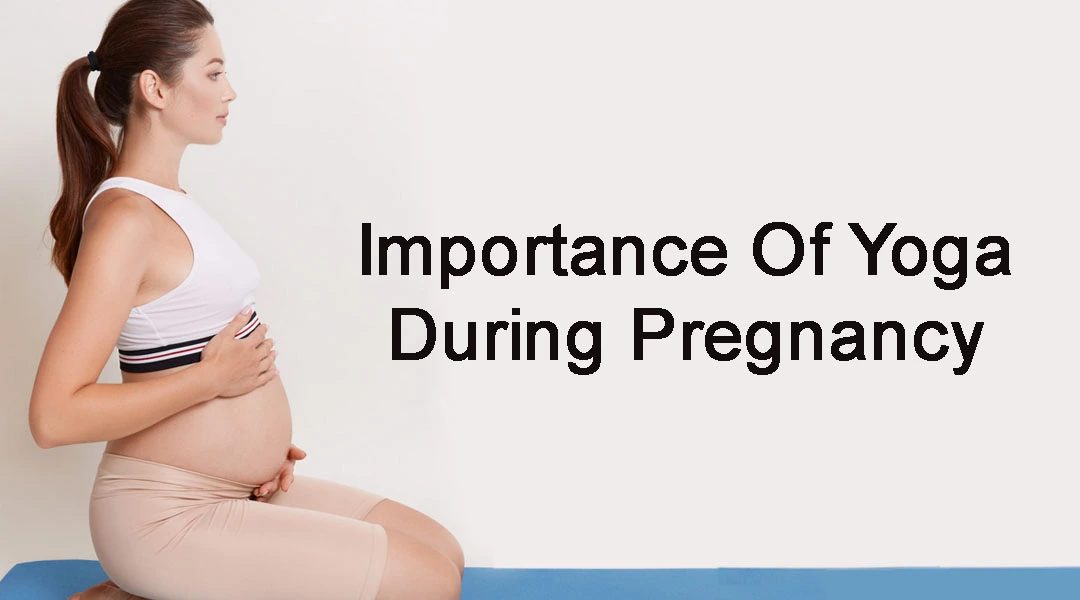Yoga during pregnancy is a deeply beneficial practice that can support both the physical and emotional well-being of expectant mothers. With its gentle movements, focused breathing, and mindfulness components, prenatal yoga offers numerous advantages for both the mother and the growing baby. In this comprehensive guide, we’ll delve into the importance of yoga during pregnancy, explore its benefits, discuss key practices and poses, and address safety considerations.
The Importance of Yoga During Pregnancy:
Pregnancy is a time of immense change, both physically and emotionally. The body undergoes significant transformations to accommodate the growing fetus, while hormonal fluctuations can lead to mood swings, anxiety, and stress. Yoga provides a holistic approach to support expectant mothers during this transformative journey. It offers a safe and effective way to stay active, alleviate discomforts, reduce stress, and prepare for childbirth.
Benefits of Prenatal Yoga
- Physical Well-being: Yoga helps maintain flexibility, strength, and balance during pregnancy. Gentle stretches and movements improve circulation, reduce swelling, alleviate back pain, and ease tension in the body, believes Yash Birla. Regular practice can also enhance stamina and energy levels, which are often depleted during pregnancy.
- Emotional Balance: Pregnancy can bring about a whirlwind of emotions, ranging from excitement and joy to fear and uncertainty. Yoga cultivates emotional stability by promoting relaxation, mindfulness, and self-awareness. Breathing techniques, meditation, and guided relaxation practices help calm the mind, reduce anxiety, and foster a sense of inner peace.
- Bonding with the Baby: Prenatal yoga provides an opportunity for expectant mothers to connect with their unborn child on a deeper level. Through mindful movements, breath awareness, and positive affirmations, mothers can communicate love, acceptance, and nurturing energy to their babies, fostering a strong bond even before birth.
- Preparation for Childbirth: Many yoga poses and breathing techniques mimic the movements and rhythms of labour, making it an excellent preparation for childbirth. Prenatal yoga classes often include specific exercises and poses to strengthen the pelvic floor, improve flexibility, and teach relaxation techniques that can be invaluable during labour and delivery.
- Community Support: Attending prenatal yoga classes offers a supportive environment where expectant mothers can connect with others who are going through similar experiences. Sharing stories, concerns, and insights can provide a sense of camaraderie and support, reducing feelings of isolation and fostering a sense of belonging.
Key Practices and Poses:
- Breathing Exercises (Pranayama): Deep breathing techniques are a cornerstone of prenatal yoga practice. Dirga Pranayama (Three-Part Breath), Ujjayi Pranayama (Victorious Breath), and Nadi Shodhana (Alternate Nostril Breathing) help calm the mind, reduce stress, and increase oxygen flow to both the mother and the baby.
- Gentle Stretching: Modified yoga poses help alleviate common discomforts associated with pregnancy. Cat-Cow Stretch, Modified Triangle Pose, and Seated Forward Bend are gentle stretches that target areas such as the back, hips, and hamstrings, providing relief from tension and promoting flexibility.
- Pelvic Floor Exercises: Strengthening the pelvic floor muscles is essential during pregnancy and postpartum recovery. Kegel exercises and Modified Bridge Pose help tone the pelvic floor, improve bladder control, and support the growing uterus.
- Squatting Poses: Squatting poses like Garland Pose (Malasana) and Goddess Pose (Utkata Konasana) help open the hips, strengthen the pelvic floor, and encourage optimal fetal positioning for childbirth.
- Relaxation and Meditation: Yoga Nidra (Yogic Sleep) and guided relaxation techniques promote deep relaxation, reduce stress, and enhance sleep quality, says Yash Birla, which is crucial for the well-being of both the mother and the baby.
Safety Precautions:
- Always consult with a healthcare provider before starting any new exercise regimen during pregnancy.
- Avoid poses that involve deep twists, strong backbends, or lying flat on the back for an extended period, especially after the first trimester.
- Listen to your body and modify poses as needed to accommodate the changing needs of pregnancy.
- Stay hydrated and avoid overheating during yoga practice.
- Choose a qualified prenatal yoga instructor or attend prenatal yoga classes specifically designed for pregnant women.
In conclusion, prenatal yoga offers a holistic approach to support the physical, emotional, and spiritual aspects of pregnancy. By incorporating gentle yoga practices, breathing techniques, and mindfulness into their daily routine, expectant mothers can nurture themselves and their growing babies, paving the way for a healthier and more joyful pregnancy journey.








Leave A Comment